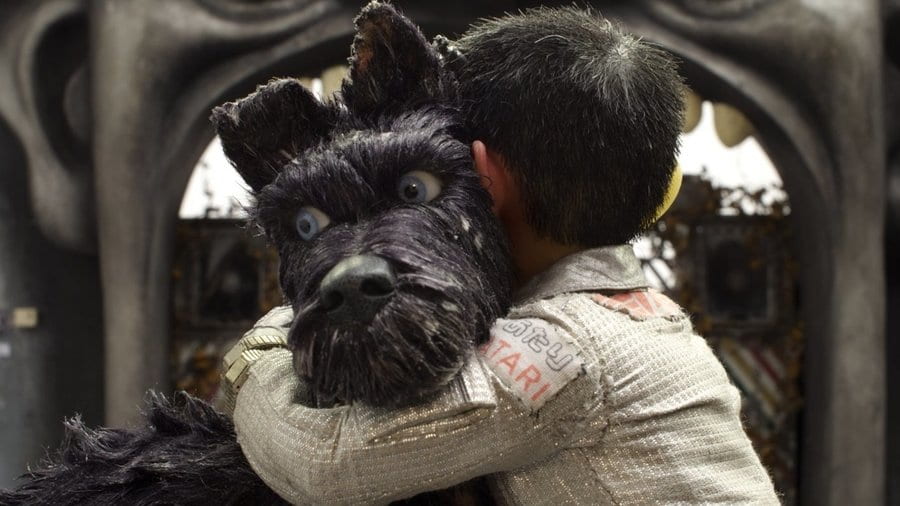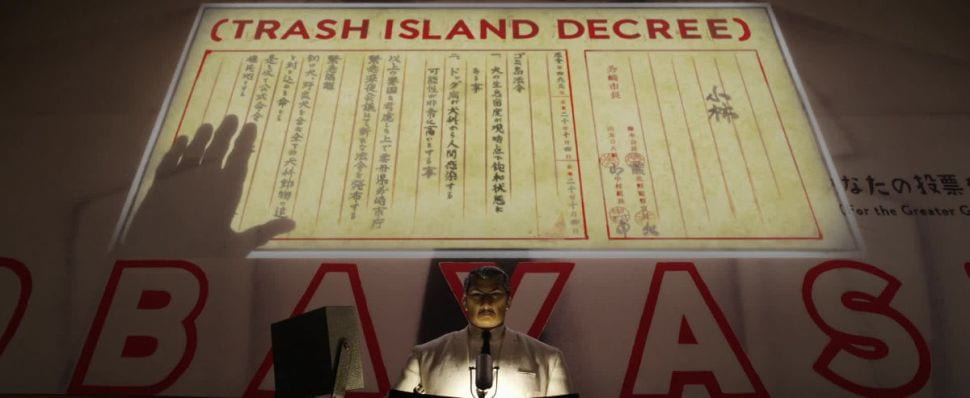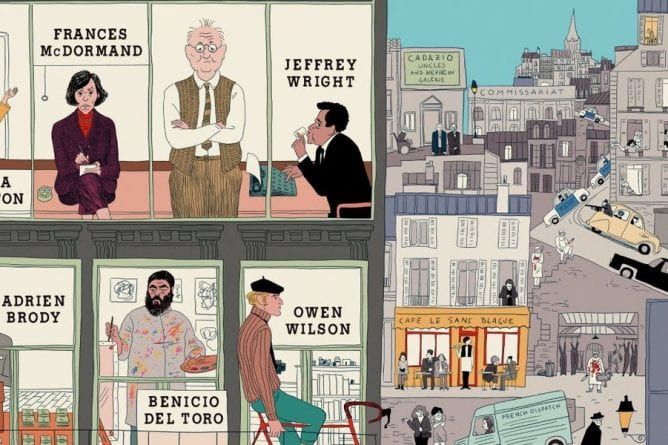Glass Onion: A Knives Out Mystery (dir. Rian Johnson) is a murder-mystery film that follows famed detective, Benoit Blanc (Daniel Craig), in his career after the events of Knives Out (2019). Though none of the other characters are the same, the centrality of Blanc’s character breeds cohesivity between the films.
Review: ‘The French Dispatch’ Is a Love Letter to Writers Who Cover the Extraordinary
There is a joy in settling down to read a special newspaper or magazine article, one where you know the writer is cataloging the unordinary. Something about an everyday medium that normally covers topics and records events we consider commonplace (sports, politics, violent crimes, etc.) instead chronicling astonishment and intrigue is uniquely appealing—perhaps because it reminds us that the world is not constantly a cold, dull place. Two of my favorite examples of these are “The ballad of the Chowchilla bus kidnapping,” which recounts the hijacking of a school bus and the nationwide fervor that followed, and “Pellet Ice is the Good Ice,” which takes a deep dive into a kind of ice cube that’s hard to come by and unrivaled in quality.
UW Film Club Podcast #73: The Grand Budapest Hotel
“Rudeness is merely the expression of fear. People fear they won’t get what they want. The most dreadful and unattractive person only needs to listen to the UW Film Club Podcast and they will open up like a flower.”
After a hearty yet incomplete debate of “Why Wes Anderson?” in our last podcast, we decided to take a trip to Wes Anderson’s most well-known and astounding film, ‘Grand Budapest Hotel.’ Continue reading “UW Film Club Podcast #73: The Grand Budapest Hotel”
Review: Wes Anderson’s Kid Friendly Allegory for Disenfranchisement In Isle of Dogs
After four years, we finally have Wes Anderson’s latest feature, Isle of Dogs — a two part story about a boy trying to find his dog and a government conspiracy causing the separation. Since Anderson’s last film, the social and political landscape has become rife with division due in large part to a certain individual, but it is in times like these where this film’s themes and messages become more pronounced for audiences.
The story is set 20 years in the future. The city of Megasaki is over run with dogs and an outbreak of dog fever frightens the city. As a precautionary measure, Mayor Kobayashi (Kunichi Nomura) signs an order that bans all dogs to Trash Island. After losing his dog Spot (Liev Schreiber), a young boy named Atari (Koyu Rankin) flies to the island to save him. There he meets a pack of dogs: Rex (Edward Norton), King (Bob Balaban), Boss (Bill Murray), Duke (Jeff Goldblum), and Chief (Bryan Cranston). Together the group goes on a journey to find boy’s best friend while a group of pro-dog student protestors led by foreign exchange student Tracey Walker (Greta Gerwig) try to expose a government plot that falsely demonizes canines.

If that plot sounds eerily familiar, it’s because it draws stark parallels to current events. Even though the story is set in the future, it presents a vision of society not too far from our own, serving as an allegory for disenfranchisement and xenophobia in the modern era. Fear mongering from the government and government officials against dogs directly translates to our own reality as politicians rally against outsiders, and the relationship between Atari and Chief showcases how fundamental misunderstanding can lead to resentment. It’s a timeless and universal message that has an even greater effect with the reality we live in today.
Like Fantastic Mr. Fox, it’s surprising how effective these complex themes are translated into a kid-friendly package. Part of that is due to Anderson’s creative touch and how he uses his trademark Anderson-isms to disguise the message while simultaneously keeping the integrity of it. The prefect framing, the bright and clean color pallet, the ensemble cast of actors, and a beautiful score all amass to something very aesthetically appealing, but uniquely Anderson. Like all stop motion films (such as Laika’s offerings), the animation style has an eloquent, hand crafted look that makes you appreciate the time, care, and detail put into every frame, and when combined with Anderson’s guiding hand, it becomes even more captivating. Every Anderson film is a visual treat full of life, color, and character, and this film is no different.

There is also the discussion about whether Anderson is appropriating Japanese culture. Before writing my own review, I read the perspective of other writers, and have linked two articles I found insightful: here and here. Though I found the film to be appreciative of the culture it portrays (rather than a harsh stereotype), the linked articles better serve the conversation than my words and understanding.
The best feeling I can convey about this film is joy; even though it makes you realize the harsh reality present today, its resolve is uplifting and makes you hopeful of the possibility for something better. At the end of the viewing, you’ll walk out of the theater into the divisive social landscape we inhabit and have a greater sense of compassion, kindness, and understanding for all human beings around you.
Score: 4/5



